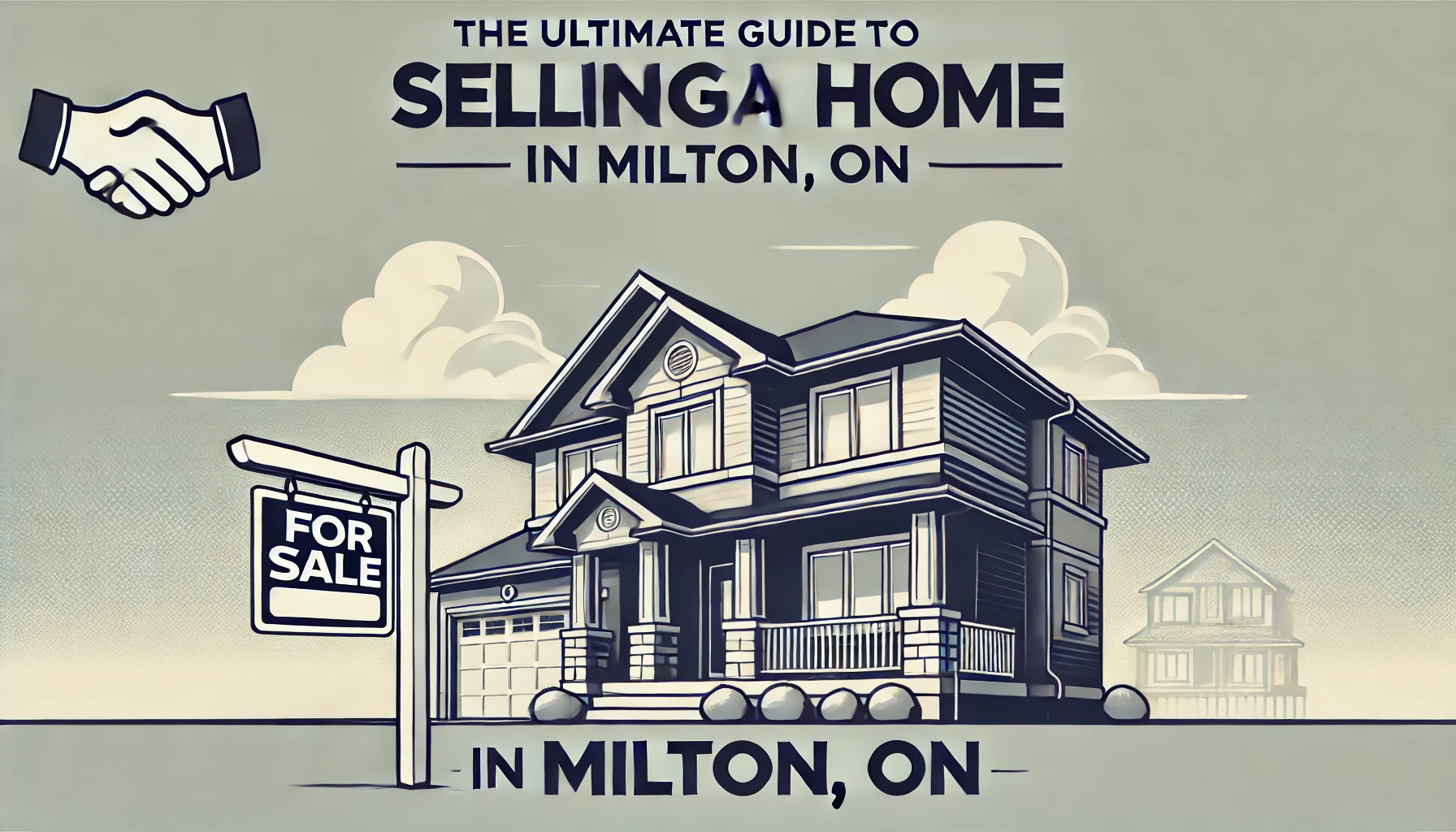Should I waive conditions to make my offer
stronger?
Waive conditions to win the house — smart aggression or a money pit waiting to happen?
Quick answer
Waiving conditions can make your offer far stronger — but it raises risk. Only waive when you’ve removed the main unknowns: financing, major defects, or title issues. If you can’t remove those unknowns, use alternative strengthening tactics.
Why sellers love waived conditions (and why buyers panic)
Sellers see waived conditions as certainty. No financing hiccups. No last-minute inspections that kill the deal. That makes your offer jump to the top. But as a buyer you trade certainty for exposure: you could be on the hook for costly repairs or a failed financing.
3-step decision checklist to decide fast
- Financing: Get a written mortgage pre-approval with lender conditions minimized. If you have clean pre-approval, financing condition can be removed. If not, don’t remove it.
- Inspection exposure: If the home is older or shows signs of issues, don’t waive the inspection unless you have a pre-offer inspection or a repair escrow plan. For newer builds with warranty and clean records, waiving is lower risk.
- Title and legal: If condo status, easements, or zoning could be an issue, consult a lawyer before removing legal or status conditions.

Alternatives to waiving conditions (make offer stronger without gambling)
- Increase deposit amount or make a larger irrevocable period.
- Offer a clean closing date that fits the seller’s timeline.
- Include an escalation clause to outbid competitors automatically.
- Provide a certified pre-offer home inspection (buyer-paid) and attach it to the offer.
- Shorten the condition removal period rather than removing conditions entirely.
Practical negotiation moves that actually win deals
- Show proof of funds and a lender pre-approval in the initial package. Sellers react to documents, not promises.
- Use a higher non-refundable deposit tied to closing to demonstrate commitment.
- Communicate directly through your agent: signal flexibility on minor terms while keeping core protections.
If you waive and find a problem after removal
You’re often legally bound. That means you’ll negotiate repairs post-removal or carry the cost. Don’t assume sellers will fix issues unless it’s in writing. Keep copies of inspection reports, receipts, and communications.
Final thought — win without regret
Waiving conditions is a tool, not a requirement. Use it when the unknowns are solved and the upside is clear. Otherwise, strengthen your offer with money, timing, and documentation instead of removing legal protection.
For a strategic, local approach that wins bids without unnecessary risk, talk to Tony Sousa. Tony knows when to push, when to protect, and how to craft offers that get accepted in today’s market.
Contact Tony Sousa: tony@sousasells.ca | 416-477-2620 | https://www.sousasells.ca
Disclaimer: This is general information and not legal or financial advice. Consult your lawyer and lender before removing conditions.





















